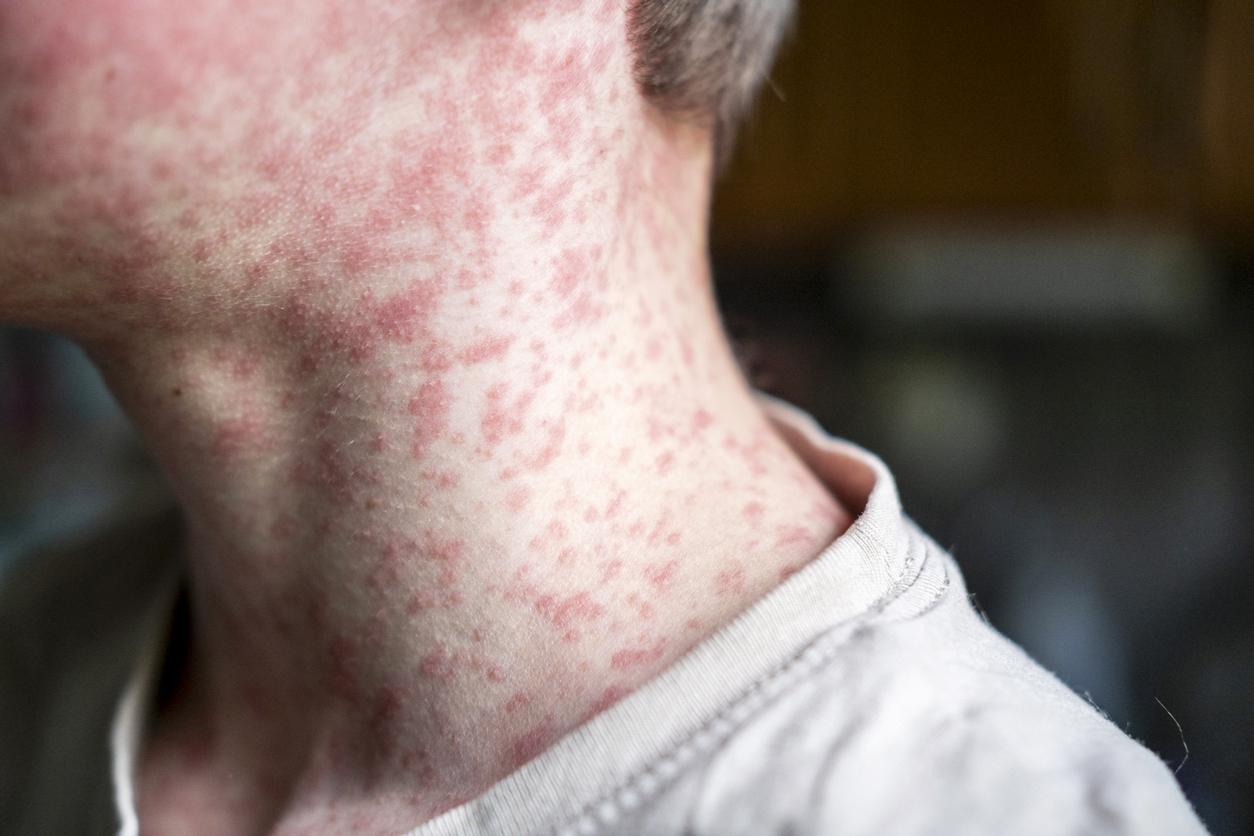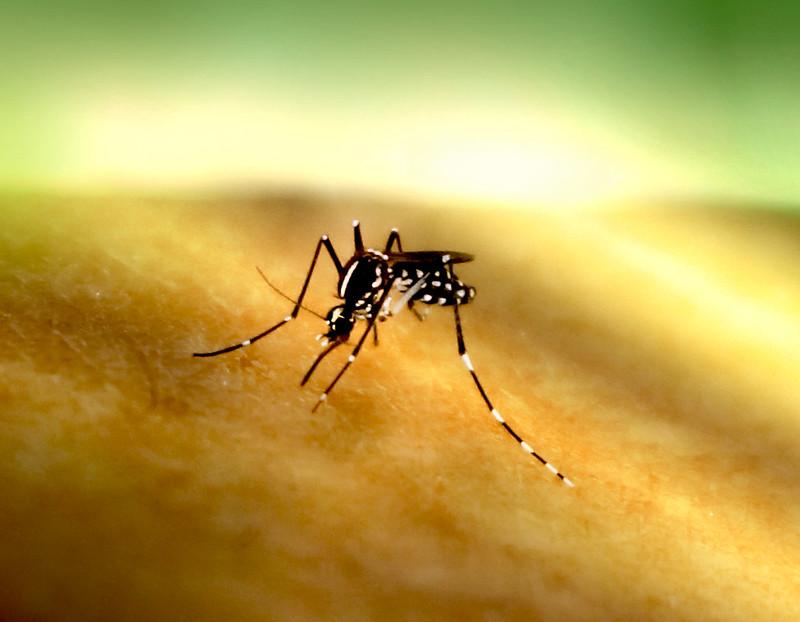
Today 20 more people in the West Texas region have measles, and 3 more people in neighboring Lea County, New Mexico, have been infected with the virus according to health departments in each state.
There have now been 279 measles cases identified in Texas since late January. Thirty-six people have been hospitalized, and one child, an unvaccinated school-age girl, has died from her infection. Gaines County is the epicenter of the outbreak, with 191 cases.
In the Texas outbreak, children and teenagers between ages 5 and 17 account for the highest case count— 120. There have been 88 cases in kids ages 4 years old and younger.
In New Mexico, the state measles total is now 38. Of those, 29 individuals were not immunized against the virus. Most are from Lea County, which borders Gaines County, Texas, and the outbreaks are related.
The US Centers for Disease Control and Prevention (CDC) today issued a Health Alert Network notice to healthcare providers and the public about the ongoing risk of dengue virus infections, with levels remaining high in some US territories and surges still under way in other countries, especially in the Americas region.

In Puerto Rico, a dengue emergency declared in March 2024 remains in effect, and cases this year are up 113% compared to this time a year ago. The US Virgin Islands declared an outbreak in August 2024, and cases continue, with 30 local cases already reported this year.
A substantial rise in global dengue cases over the past 5 years, plus record levels in the Americas, led to a record number of travel-related cases in the United States in 2024, up 84% from the previous year. Three US states reported local dengue cases last year, and the CDC said it’s possible that local transmission could rise in the continental United States in areas that have mosquitoes that can carry the virus.
“Spring and summer travel coincide with the peak season for dengue in many countries, increasing the risk of both travel-associated and locally acquired cases in the United States,” the group said.
Rising portions of dengue serotype 4 cases in travelers
The CDC said all four dengue serotypes were reported in US travelers in 2024, but it added that the proportion of dengue serotype 4 has been on the rise in recent months. It urged healthcare providers to use the CDC’s DENV-1-2 real-time reverse transcriptase polymerase chain reaction (RT-PCR) test when dengue is the most likely diagnosis and urged them to use a new job aid on reviewing medical records for case investigations.

A review of gonococcal surveillance data suggests doxycycline post-exposure prophylaxis (doxyPEP) is unlikely to protect against gonorrhea infection in certain countries because of high tetracycline resistance, researchers reported today in the Journal of Antimicrobial Chemotherapy.
For the study, a team led by researchers from the World Health Organization (WHO) analyzed tetracycline resistance in Neisseria gonorrhoeae isolates collected from 2021 through 2024 in eight countries that participate in the WHO Enhanced Global Gonococcal Antimicrobial Surveillance Programme (WHO EGASP). While doxycycline hasn’t been used to treat gonorrhea infections in decades, there are concerns that high levels of tetracycline resistance might limit the effectiveness of doxyPEP against gonorrhea infection. The eight countries included in the analysis were Cambodia, Indonesia, Malawi, the Philippines, South Africa, Thailand, Uganda, and Vietnam.
‘Exceedingly high’ levels of resistance
Using tetracycline resistance breakpoints established by the European Committee on Antimicrobial Susceptibility Testing (EUCAST) and by the Clinical Laboratory and Standards Institute (CLSI), the researchers found that the average tetracycline resistance in the eight countries was 92.2% (83.5% to 100%) and 80.6% (66.3% to 98.6%), respectively. Using a previous minocycline-PEP resistance breakpoint and a breakpoint for high-level plasmid-mediated tetracycline resistance, the tetracycline resistance was 77.3% (47.4% to 98.6%) and 74.3% (31.3% to 98.6%), respectively.
“The exceedingly high levels of gonococcal tetracycline resistance in the eight WHO EGASP countries elucidate that doxycycline-PEP will unlikely significantly reduce the gonorrhoea cases in these countries,” the study authors write. “Furthermore, doxycycline-PEP might rapidly select for additional gonococcal strains with tetracycline resistance (low-level and high-level) and MDR and XDR [multidrug-resistant and extensively drug-resistant] strains, i.e. because these strains are mostly resistant to tetracycline.”
The authors add that while doxyPEP has been shown to significantly reduce the number of chlamydia and syphilis infections, the benefits will need to be balanced against the potential harms of tetracycline resistance in N gonorrhoeae and other non-sexually transmitted pathogenic and commensal bacteria and alterations of the human microbiome.
“Dissemination of current evidence regarding benefits, risks, limitations, and unknowns concerning mid-term and long-term effects of doxycycline-PEP to community and medical staff is imperative,” they conclude.

Chronic wasting disease (CWD) has been detected in previously unaffected areas of Wyoming and Louisiana.
In a news release yesterday, the Wyoming Game and Fish Department (WGFD) announced one case each of the fatal neurodegenerative disease in Elk Hunt Area 62 in the Cody region and on the Horse Creek Feedground in Elk Hunt Area 84 in the Jackson region.
Elk Hunt Area 62 borders CWD-positive Elk Hunt Area 67 and overlaps with several positive mule deer hunt areas. Elk Hunt Area 84, which had previously reported CWD, abuts CWD-positive Elk Hunt Area 87.
Horse Creek is the fourth elk feeding area in the state to report positive cases since January. The other affected feeding grounds are Scab Creek, Dell Creek, and Black Butte.
“WGFD has operated 21 feedgrounds in northwest Wyoming for more than a century. “The discovery of CWD on feedgrounds in 2025 was anticipated as the disease has continued to spread across the state throughout deer, elk and moose hunt areas,” the release said.
First case in wild deer outside of Tensas Parish, Louisiana
A white-tailed buck harvested on private land in Catahoula Parish, Louisiana, is the first CWD case in a wild deer outside of adjoining Tensas Parish, the Louisiana Department of Wildlife and Fisheries (LDWF) said in a news release yesterday. Both counties are located in the northeastern part of the state.













